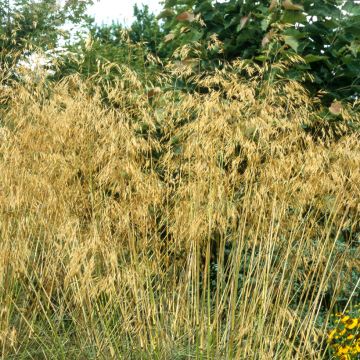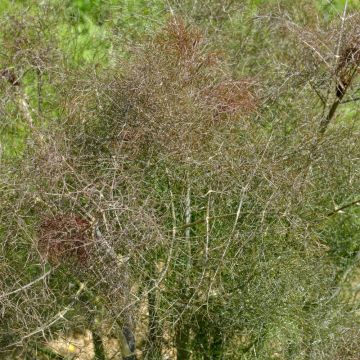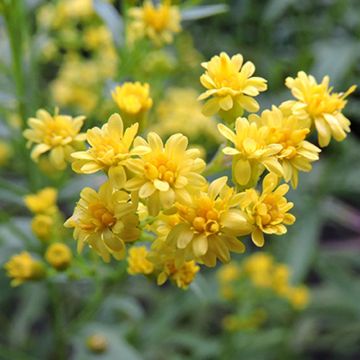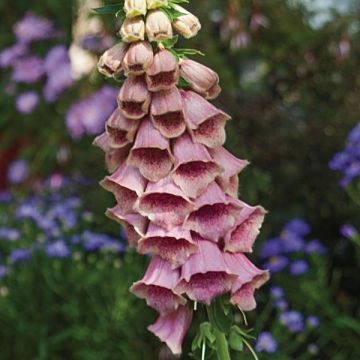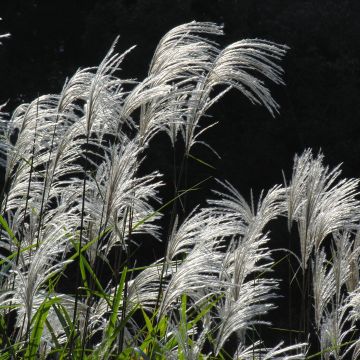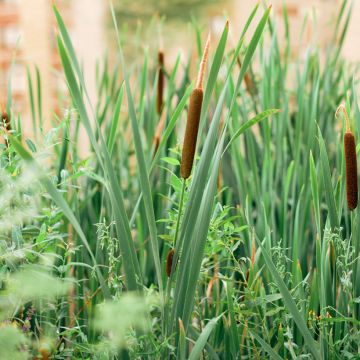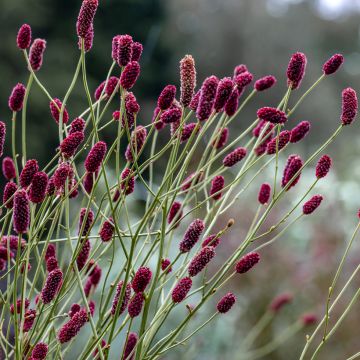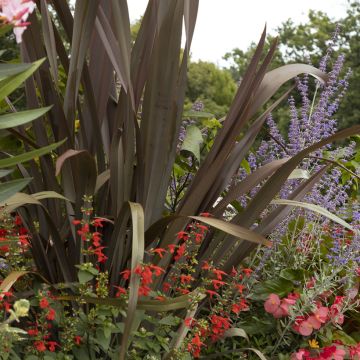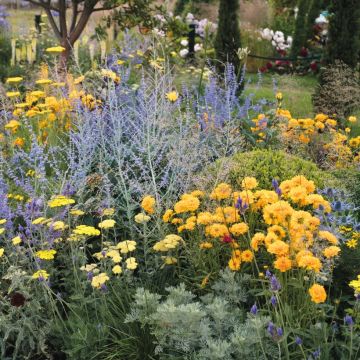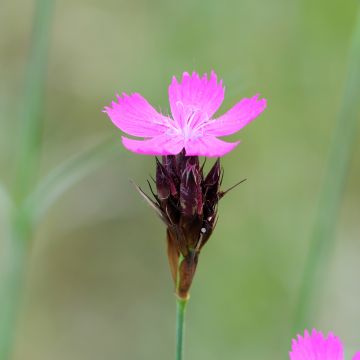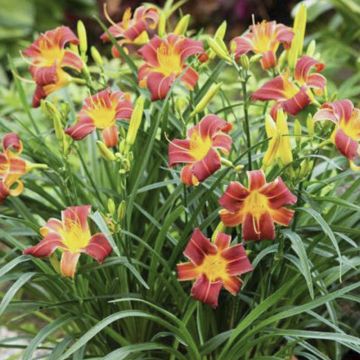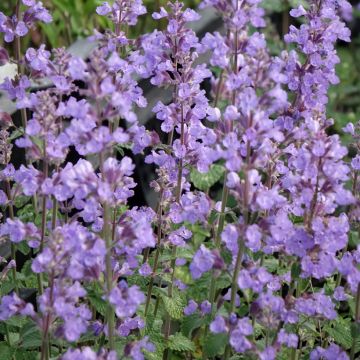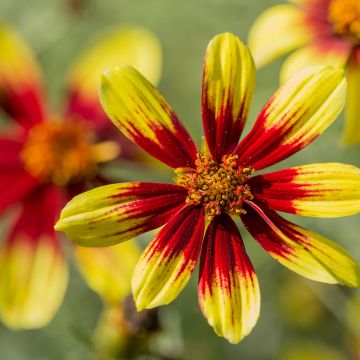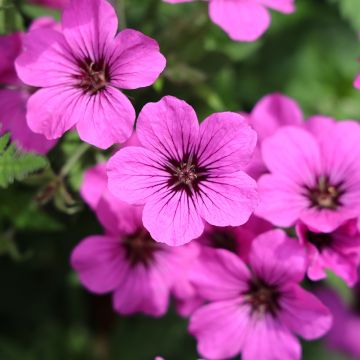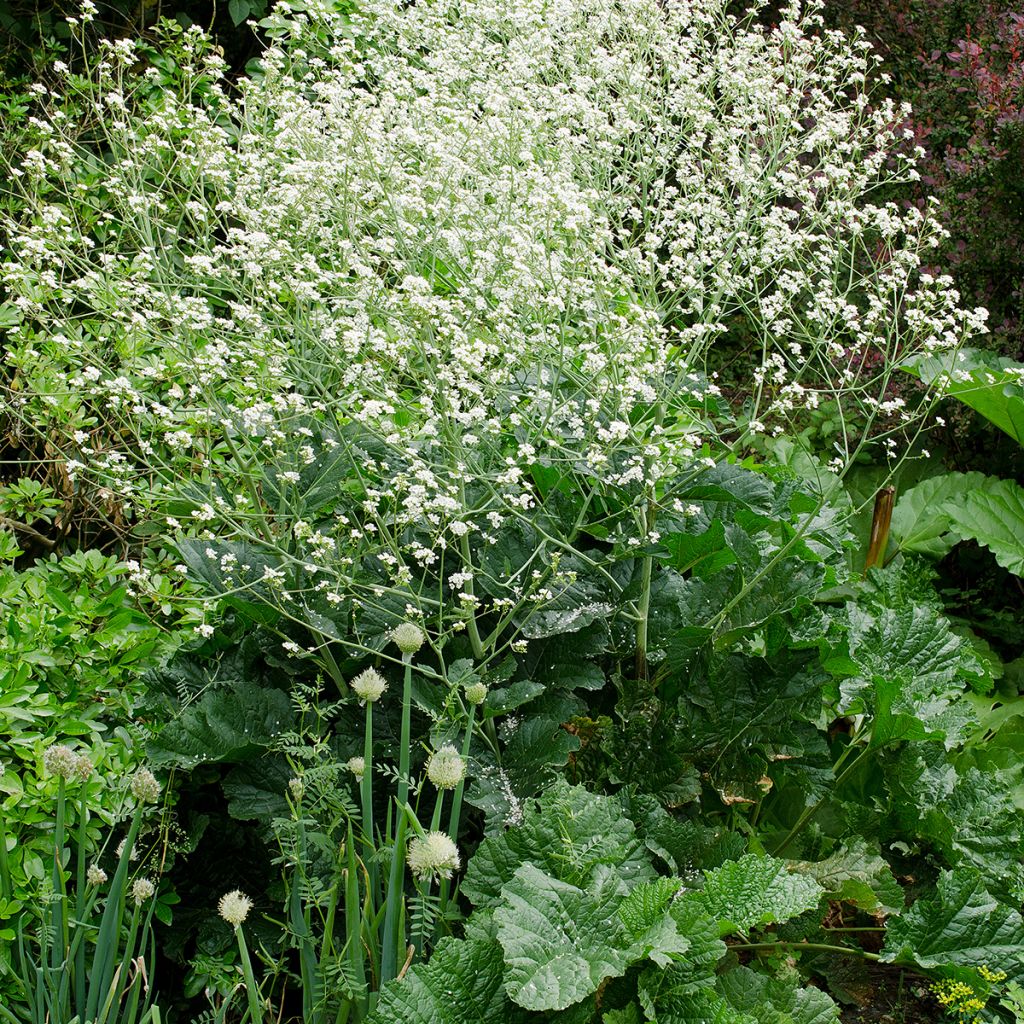

Crambe cordifolia - Greater Sea Kale


Crambe cordifolia - Greater Sea Kale
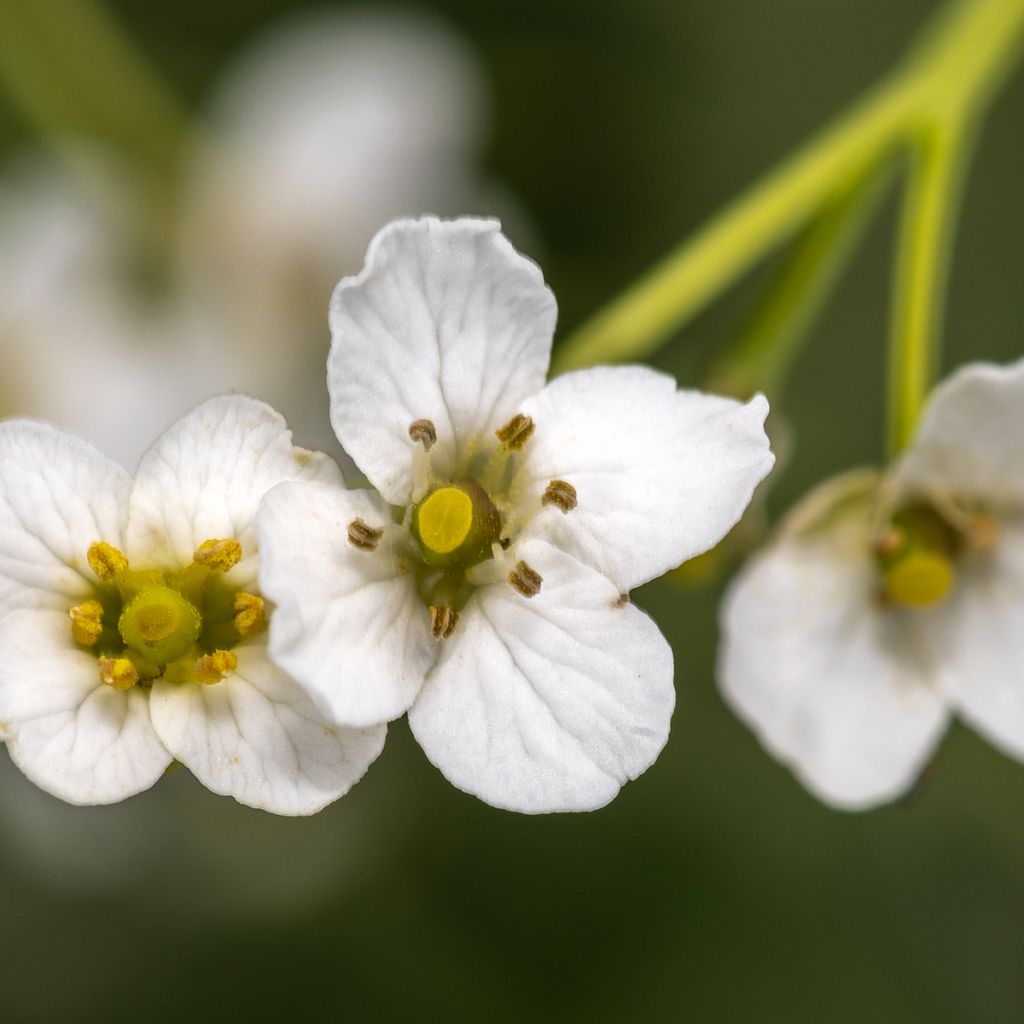

Crambe cordifolia - Greater Sea Kale


Crambe cordifolia - Greater Sea Kale
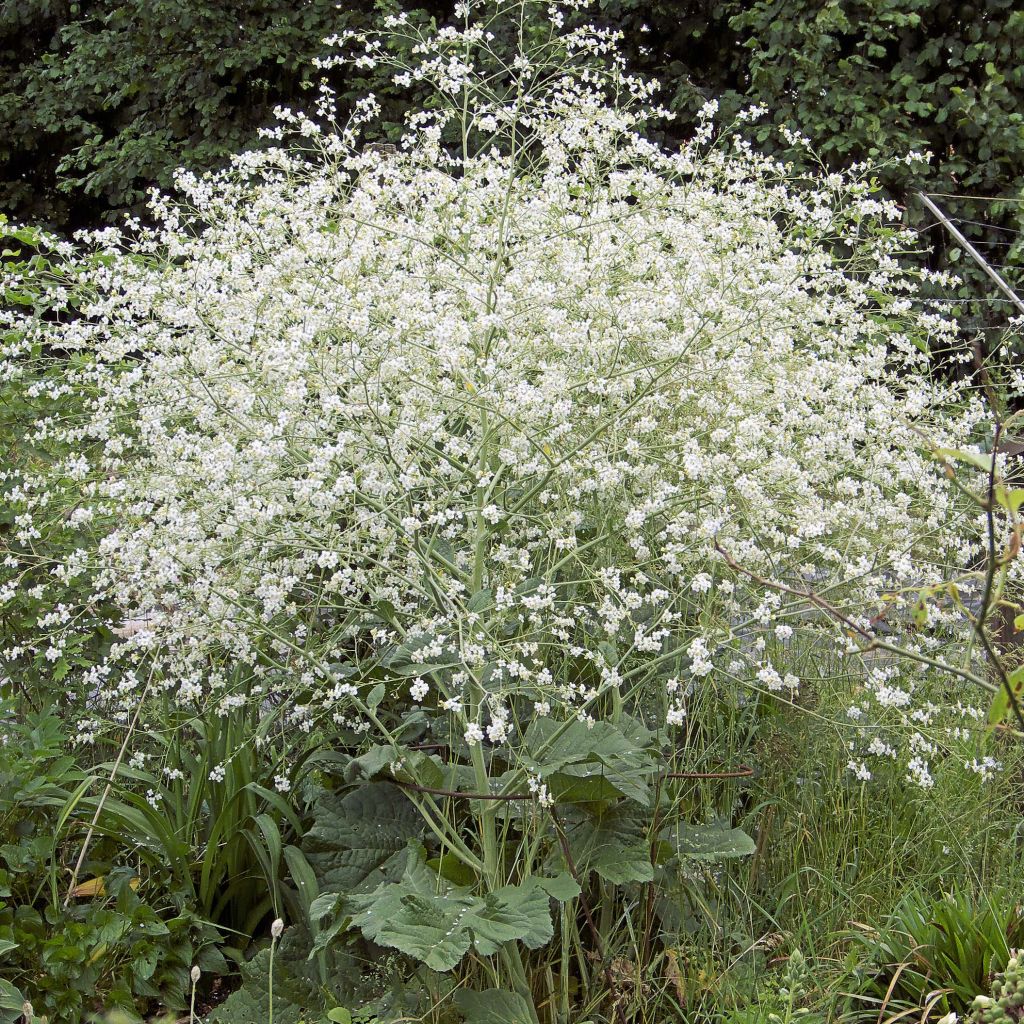

Crambe cordifolia - Greater Sea Kale
Crambe cordifolia - Greater Sea Kale
Crambe cordifolia
Flowering Sea Kale, Heart-Leaved Colewort
No opinion yet, I've just planted the young plant, so I'm waiting.
michel, 20/03/2023
Special offer!
Receive a €20 voucher for any order over €90 (excluding delivery costs, credit notes, and plastic-free options)!
1- Add your favorite plants to your cart.
2- Once you have reached €90, confirm your order (you can even choose the delivery date!).
3- As soon as your order is shipped, you will receive an email containing your voucher code, valid for 3 months (90 days).
Your voucher is unique and can only be used once, for any order with a minimum value of €20, excluding delivery costs.
Can be combined with other current offers, non-divisible and non-refundable.
Home or relay delivery (depending on size and destination)
Schedule delivery date,
and select date in basket
This plant carries a 12 months recovery warranty
More information
We guarantee the quality of our plants for a full growing cycle, and will replace at our expense any plant that fails to recover under normal climatic and planting conditions.
Would this plant suit my garden?
Set up your Plantfit profile →
Description
The Crambe cordifolia bears the lovely name of cloud cabbage, due to its flowering resembling a true cloud of small white flowers. This elegant cousin of vegetable cabbages is a perennial plant that will accompany the gardener for about ten years. A few years of happiness at eye level, with the nose immersed in a honey-scented mist. Only its foliage, composed of large fleshy heart-shaped leaves, reminds us that it is a cabbage, but what a cabbage!. Place it in the sun, a little away from other plants that it fears competition from. Provide it with a deep, well-drained, fertile soil, even limestone.
The Crambe cordifolia is a plant of the brassicaceae family, formerly crucifers. It is native to the Caucasus. It is a perennial herbaceous plant with a powerful root that goes deep into the ground. It takes time to establish itself and will only reach its full potential after 2 to 3 years of cultivation.
The basal foliage develops in spring from the stump, forming a clump with a diameter of 60 cm (24in). Then thick and ramified floral stems rise, easily reaching a height of 1.80 m (6ft), forming a cloud-like ball measuring 1 m (3ft) in all directions. This very airy flowering takes place from late May to late July, depending on the climate, on plants aged 2 or 3 years. It consists of branched spikes with tiny white flowers with 4 petals measuring 1 cm (1in). Nectar-rich, emitting a sweet and mild fragrance reminiscent of honey, they attract a large number of pollinating insects. The floral stems can remain on the plant after the petals fall. The flowering is followed by the formation of small hard and round fruits called silicles, each containing a seed. The foliage, at the base of the stems, is composed of large heart-shaped leaves, reaching 40 to 60 cm (16 to 24in) in length and width, quite brittle. They are thick and fleshy, toothed and hairy, wrinkled and embossed, and greenish-blue in color. The few leaves on the stems are smaller, smooth, and oval-shaped. The basal foliage tends to be less beautiful or even disappear after flowering.
The Cloud Cabbage is not difficult to grow, but it requires sunlight and a deep and absolutely well-drained soil. Like a paniculate gypsophila, it finds its place in large flower beds, in the company of roses or shrubby peonies, for example, lightening their opulent flowering. Since this perennial takes its time to establish itself, you can sow annual plants (Nigellas, Cosmos, Centaureas, ornamental carrots) in the first year to fill the space reserved for it while waiting for its moment of glory. Pretty perennials like Geranium Rozanne or Blue Cloud (a blue cloud) will accompany it at a distance, with simplicity. Other cloud-like flowering plants such as Thalictrum, Aster cordifolius, or Eragrostis spectabilis can be planted alongside it, always respecting a safe distance, creating scenes full of poetry. These plants, growing and blooming from mid-summer to the first frost, will enhance the cabbage's foliage.
Report an error about the product description
Crambe cordifolia - Greater Sea Kale in pictures


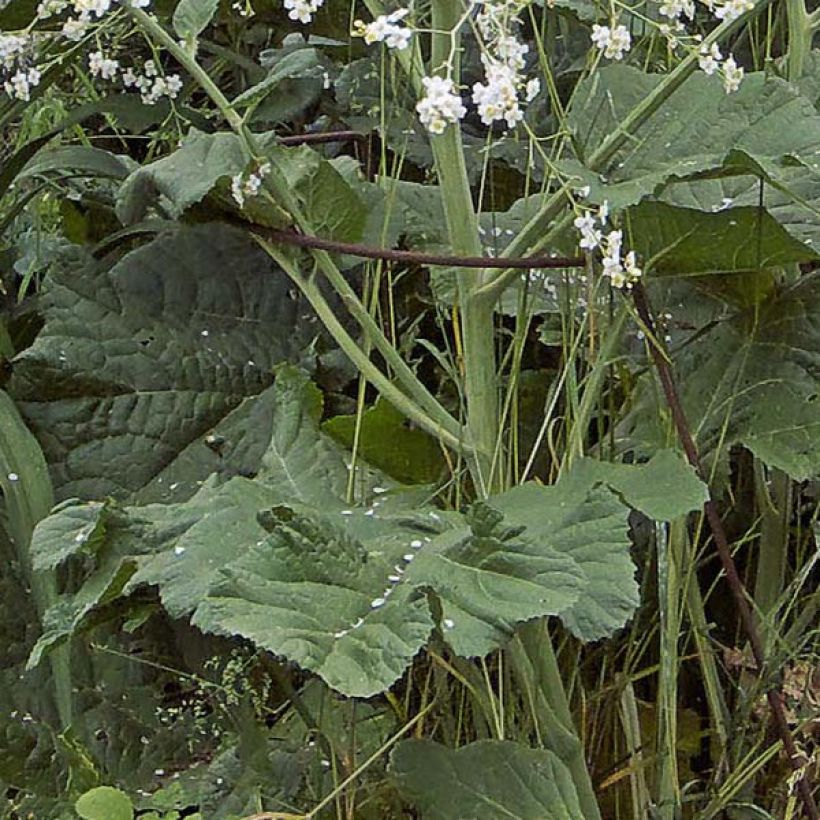

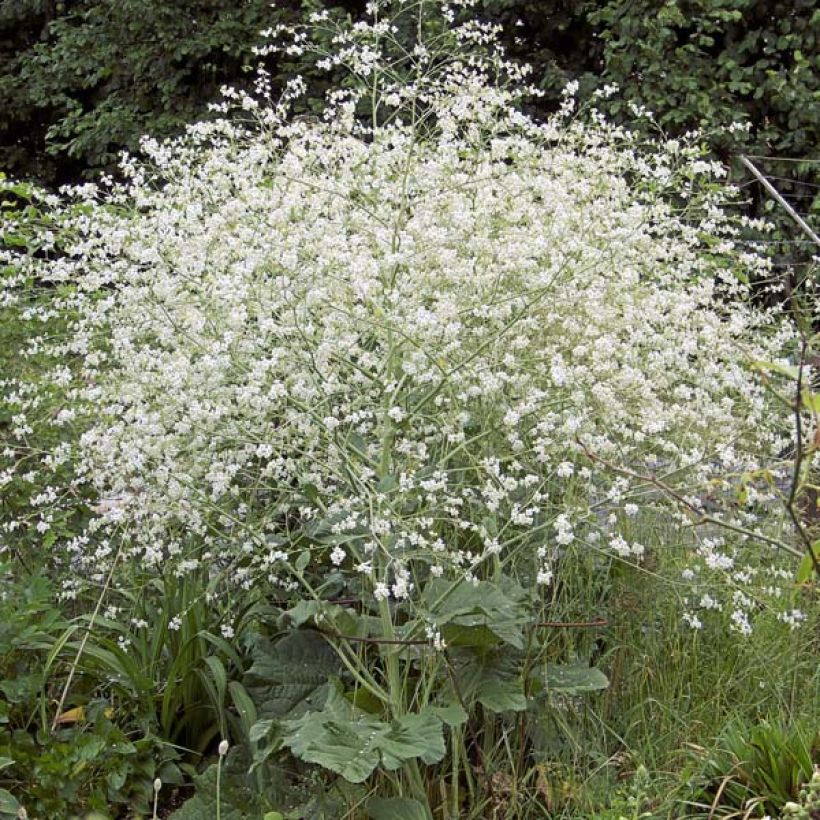

Flowering
Foliage
Plant habit
Botanical data
Crambe
cordifolia
Brassicaceae
Flowering Sea Kale, Heart-Leaved Colewort
Caucasus
Other Giant and airy perennials
View all →Planting and care
Planting period
Intended location
Care
-
, onOrder confirmed
Reply from on Promesse de fleurs
Similar products
Haven't found what you were looking for?
Hardiness is the lowest winter temperature a plant can endure without suffering serious damage or even dying. However, hardiness is affected by location (a sheltered area, such as a patio), protection (winter cover) and soil type (hardiness is improved by well-drained soil).

Photo Sharing Terms & Conditions
In order to encourage gardeners to interact and share their experiences, Promesse de fleurs offers various media enabling content to be uploaded onto its Site - in particular via the ‘Photo sharing’ module.
The User agrees to refrain from:
- Posting any content that is illegal, prejudicial, insulting, racist, inciteful to hatred, revisionist, contrary to public decency, that infringes on privacy or on the privacy rights of third parties, in particular the publicity rights of persons and goods, intellectual property rights, or the right to privacy.
- Submitting content on behalf of a third party;
- Impersonate the identity of a third party and/or publish any personal information about a third party;
In general, the User undertakes to refrain from any unethical behaviour.
All Content (in particular text, comments, files, images, photos, videos, creative works, etc.), which may be subject to property or intellectual property rights, image or other private rights, shall remain the property of the User, subject to the limited rights granted by the terms of the licence granted by Promesse de fleurs as stated below. Users are at liberty to publish or not to publish such Content on the Site, notably via the ‘Photo Sharing’ facility, and accept that this Content shall be made public and freely accessible, notably on the Internet.
Users further acknowledge, undertake to have ,and guarantee that they hold all necessary rights and permissions to publish such material on the Site, in particular with regard to the legislation in force pertaining to any privacy, property, intellectual property, image, or contractual rights, or rights of any other nature. By publishing such Content on the Site, Users acknowledge accepting full liability as publishers of the Content within the meaning of the law, and grant Promesse de fleurs, free of charge, an inclusive, worldwide licence for the said Content for the entire duration of its publication, including all reproduction, representation, up/downloading, displaying, performing, transmission, and storage rights.
Users also grant permission for their name to be linked to the Content and accept that this link may not always be made available.
By engaging in posting material, Users consent to their Content becoming automatically accessible on the Internet, in particular on other sites and/or blogs and/or web pages of the Promesse de fleurs site, including in particular social pages and the Promesse de fleurs catalogue.
Users may secure the removal of entrusted content free of charge by issuing a simple request via our contact form.
The flowering period indicated on our website applies to countries and regions located in USDA zone 8 (France, the United Kingdom, Ireland, the Netherlands, etc.)
It will vary according to where you live:
- In zones 9 to 10 (Italy, Spain, Greece, etc.), flowering will occur about 2 to 4 weeks earlier.
- In zones 6 to 7 (Germany, Poland, Slovenia, and lower mountainous regions), flowering will be delayed by 2 to 3 weeks.
- In zone 5 (Central Europe, Scandinavia), blooming will be delayed by 3 to 5 weeks.
In temperate climates, pruning of spring-flowering shrubs (forsythia, spireas, etc.) should be done just after flowering.
Pruning of summer-flowering shrubs (Indian Lilac, Perovskia, etc.) can be done in winter or spring.
In cold regions as well as with frost-sensitive plants, avoid pruning too early when severe frosts may still occur.
The planting period indicated on our website applies to countries and regions located in USDA zone 8 (France, United Kingdom, Ireland, Netherlands).
It will vary according to where you live:
- In Mediterranean zones (Marseille, Madrid, Milan, etc.), autumn and winter are the best planting periods.
- In continental zones (Strasbourg, Munich, Vienna, etc.), delay planting by 2 to 3 weeks in spring and bring it forward by 2 to 4 weeks in autumn.
- In mountainous regions (the Alps, Pyrenees, Carpathians, etc.), it is best to plant in late spring (May-June) or late summer (August-September).
The harvesting period indicated on our website applies to countries and regions in USDA zone 8 (France, England, Ireland, the Netherlands).
In colder areas (Scandinavia, Poland, Austria...) fruit and vegetable harvests are likely to be delayed by 3-4 weeks.
In warmer areas (Italy, Spain, Greece, etc.), harvesting will probably take place earlier, depending on weather conditions.
The sowing periods indicated on our website apply to countries and regions within USDA Zone 8 (France, UK, Ireland, Netherlands).
In colder areas (Scandinavia, Poland, Austria...), delay any outdoor sowing by 3-4 weeks, or sow under glass.
In warmer climes (Italy, Spain, Greece, etc.), bring outdoor sowing forward by a few weeks.






























